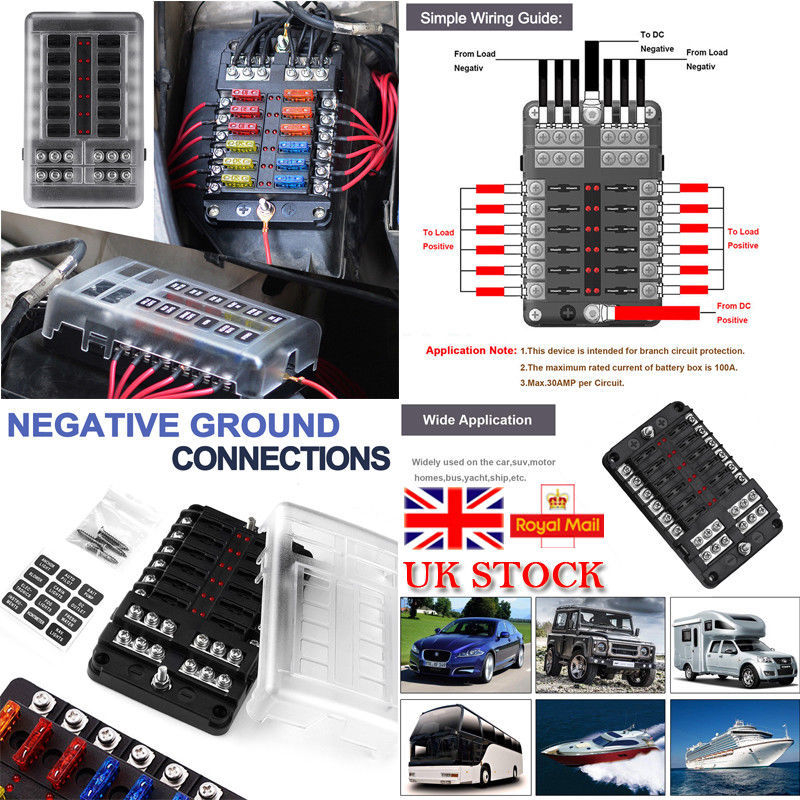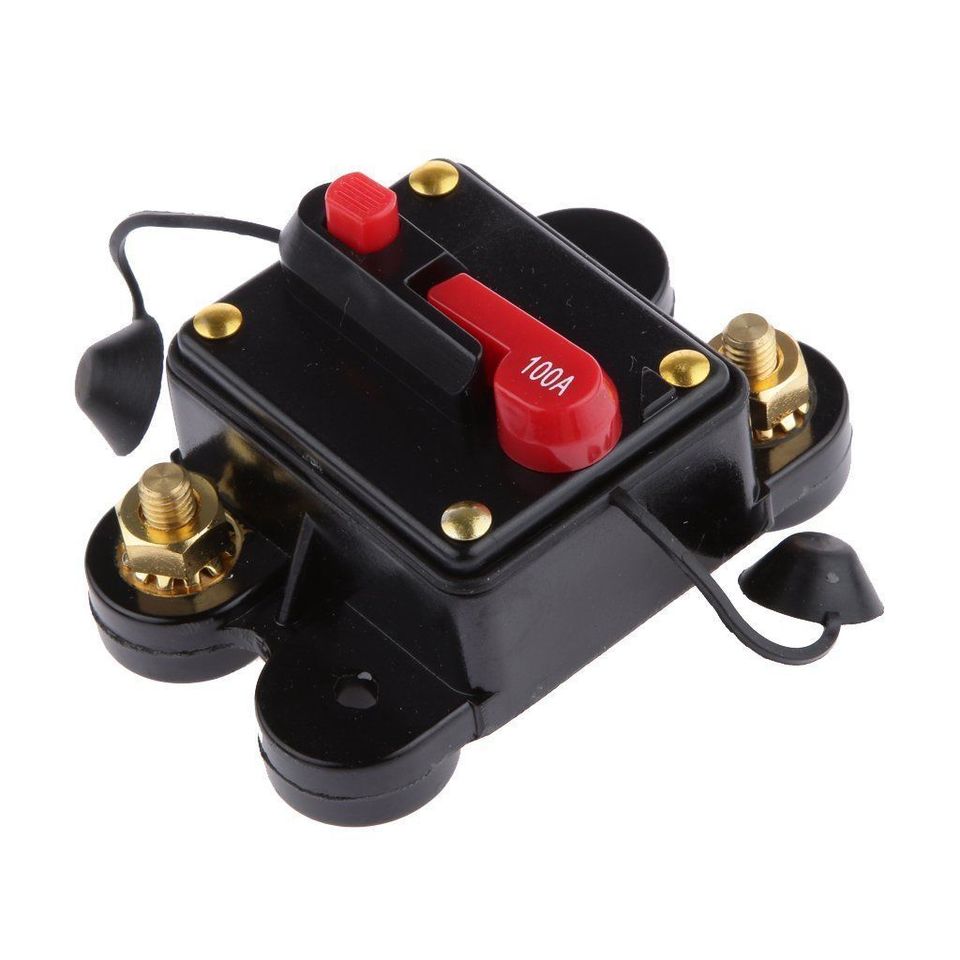Mac90
Member
- Posts
- 29
- Location
- Wiltshire / Dorset / Scotland
Hi there,
I'm looking for a little bit of advice regarding installing an AUX fuse box. The 1996 300tdi 100 csw that I have recently purchased has a raptor dash with no less than 14 ports/switches!Only three of them are connected at the minute, drawing from existing ignition activated 12v feeds.I have plans to use some of the other ports/switches, for various applications that I won’t bore you with.
My thoughts are that it would be simpler, safer, and more reliable to install a new auxiliary fuse box rather than continually look for power feeds, and perhaps overload the small factory fitted fuse panel, when I want to install a new device.
I want to do it myself, and I have a little bit of experience with wiring, soldering etc but by no means an expert!Has anyone done the same or similar in the past?
Here is my outline so far, I’d appreciate any feedback on anything that isn’t safe or appropriate!
1.Mount the 100 amp total rating AUX fuse box perhaps in the Raptor glove boxto the left of the switch panel for easy access.


2.Mount a 100A breaker in the seat box.

3.Run a positive and a negative feed of 16mm² 110 Amp cable direct from the battery (perhaps a second leisure battery in the future) to the breaker.
4.Continue the positive and negative feed from the breaker to the AUX fuse box with 6mm² 50 Amp cable.
5.Use 2mm² cable to wire positive and negative feeds to the carling switches from the appropriate terminals of the AUX fuse panel.
6.Install the appropriate fuse for the application running from the carling switch.For example GPS charger: 5 amp.
Am I missing anything or doing anything wrong with this plan?
I'm looking for a little bit of advice regarding installing an AUX fuse box. The 1996 300tdi 100 csw that I have recently purchased has a raptor dash with no less than 14 ports/switches!Only three of them are connected at the minute, drawing from existing ignition activated 12v feeds.I have plans to use some of the other ports/switches, for various applications that I won’t bore you with.
My thoughts are that it would be simpler, safer, and more reliable to install a new auxiliary fuse box rather than continually look for power feeds, and perhaps overload the small factory fitted fuse panel, when I want to install a new device.
I want to do it myself, and I have a little bit of experience with wiring, soldering etc but by no means an expert!Has anyone done the same or similar in the past?
Here is my outline so far, I’d appreciate any feedback on anything that isn’t safe or appropriate!
1.Mount the 100 amp total rating AUX fuse box perhaps in the Raptor glove boxto the left of the switch panel for easy access.


2.Mount a 100A breaker in the seat box.

3.Run a positive and a negative feed of 16mm² 110 Amp cable direct from the battery (perhaps a second leisure battery in the future) to the breaker.
4.Continue the positive and negative feed from the breaker to the AUX fuse box with 6mm² 50 Amp cable.
5.Use 2mm² cable to wire positive and negative feeds to the carling switches from the appropriate terminals of the AUX fuse panel.
6.Install the appropriate fuse for the application running from the carling switch.For example GPS charger: 5 amp.
Am I missing anything or doing anything wrong with this plan?
